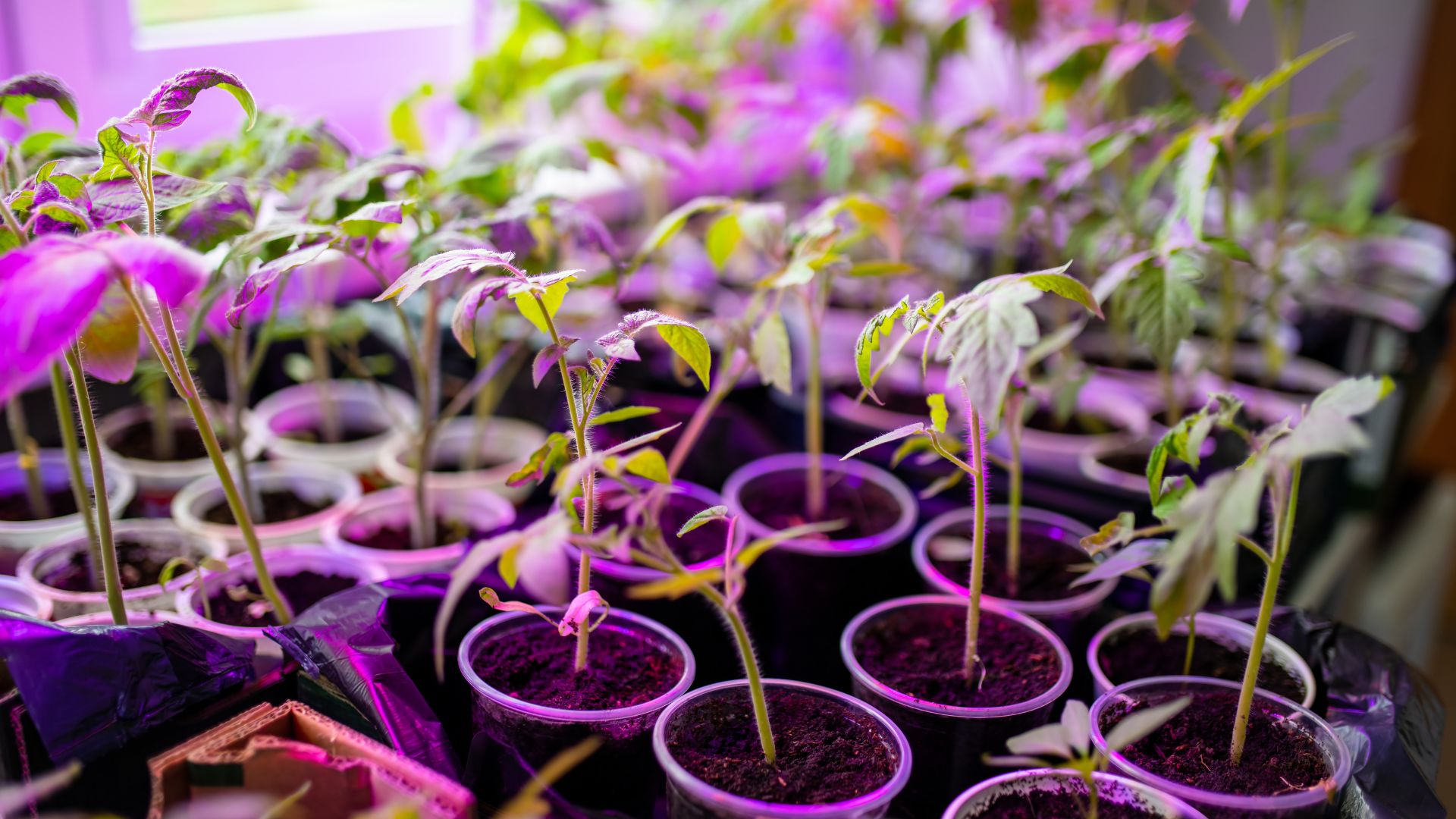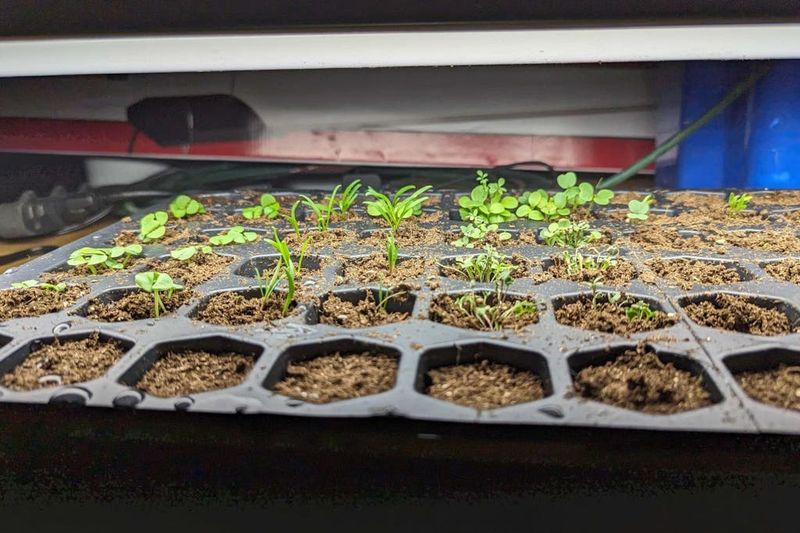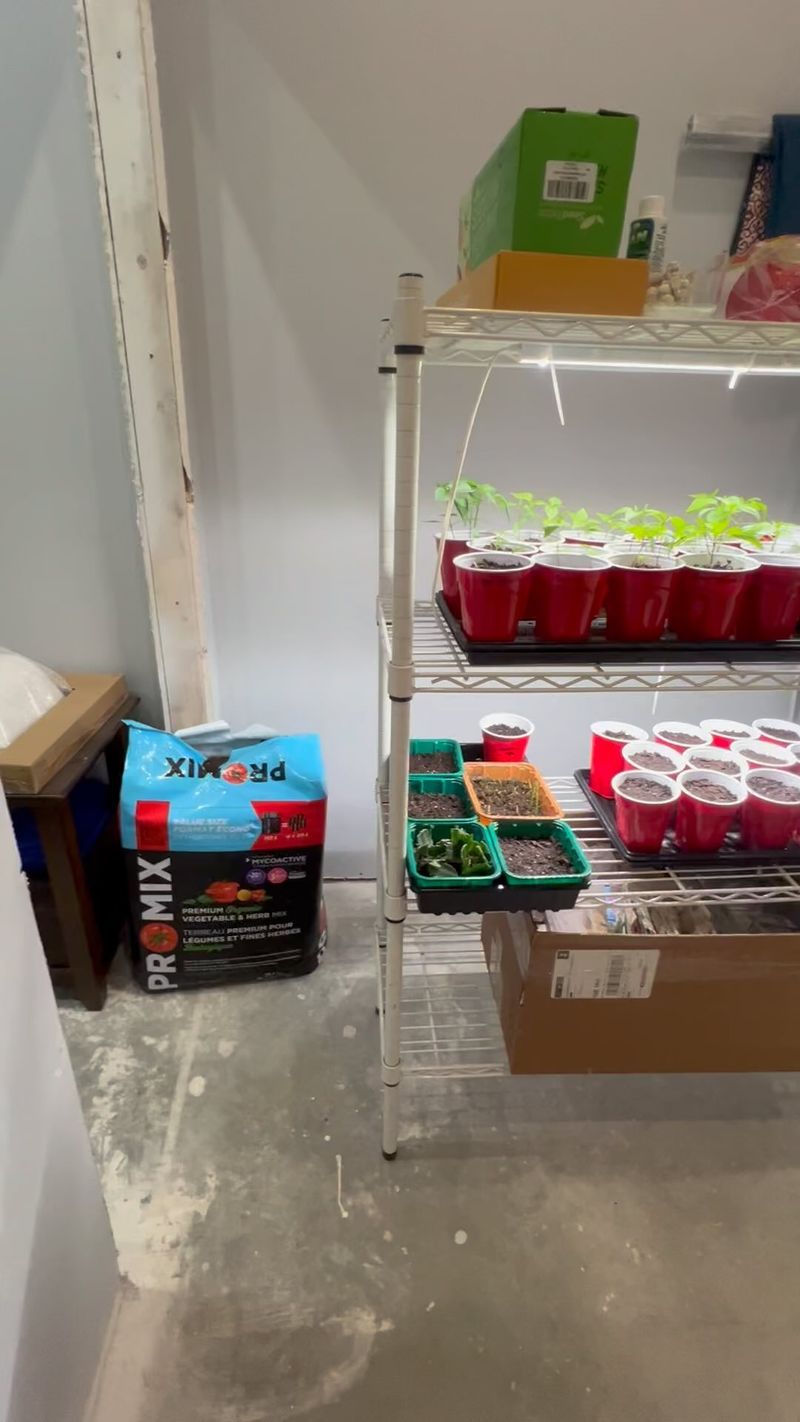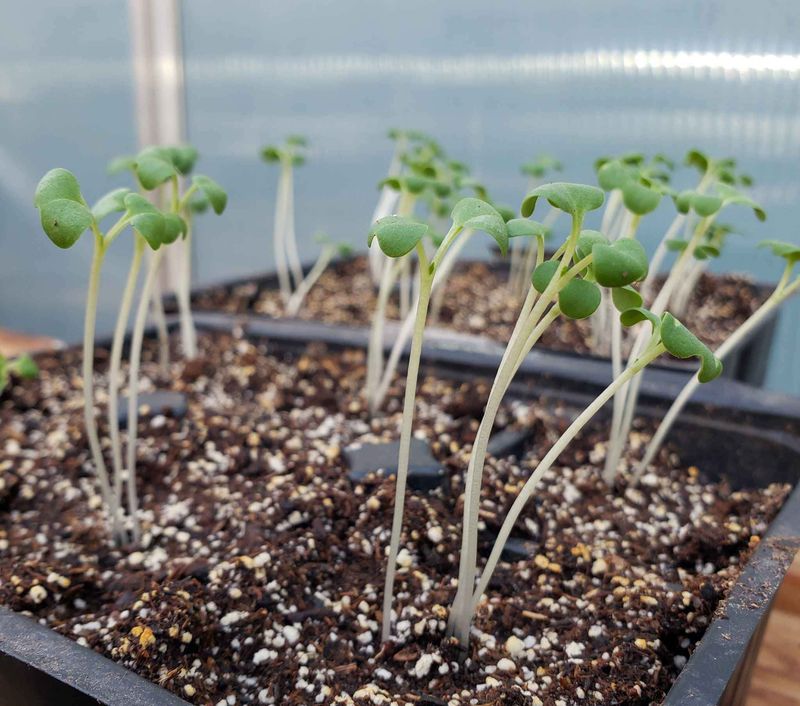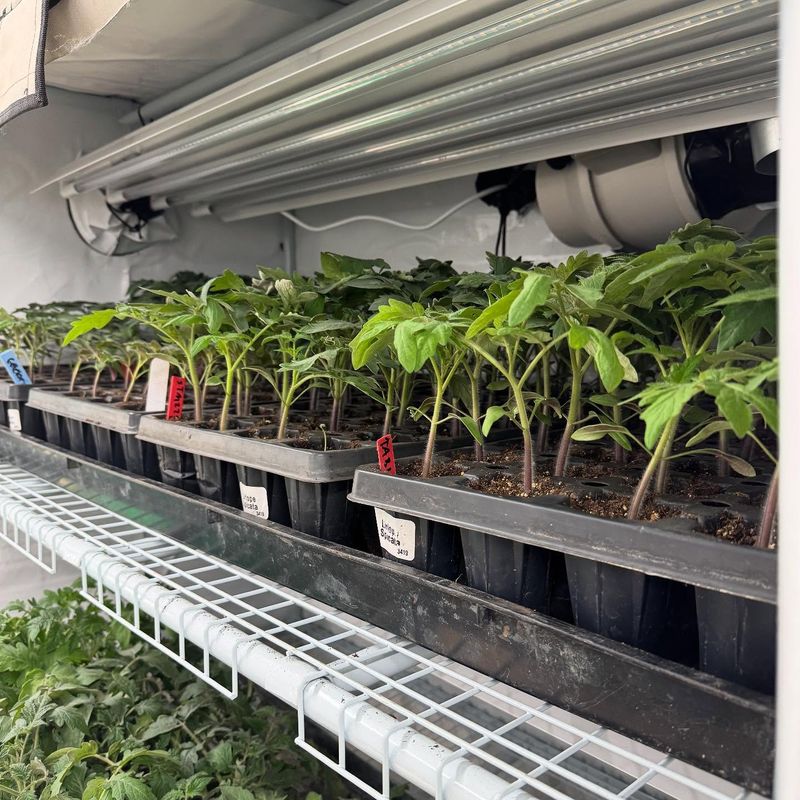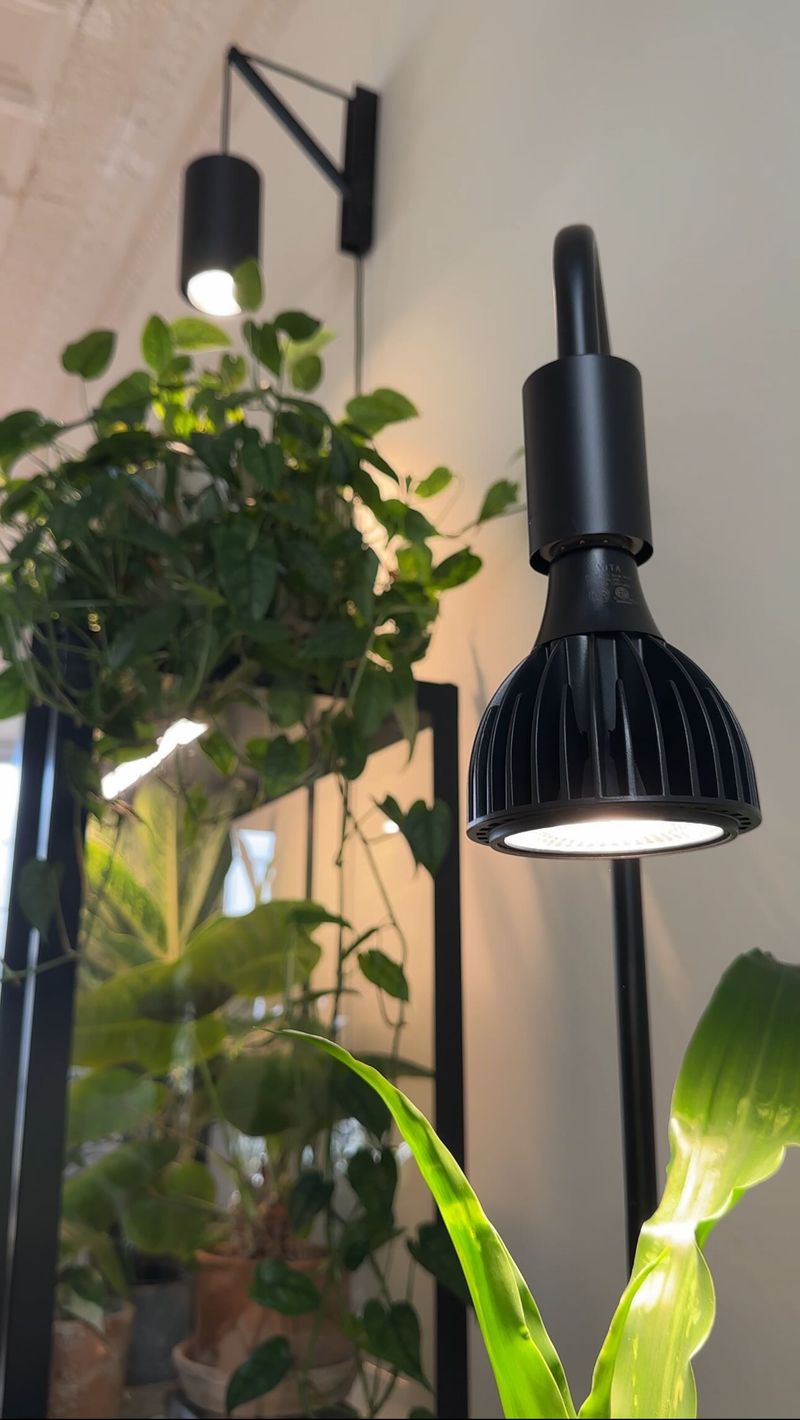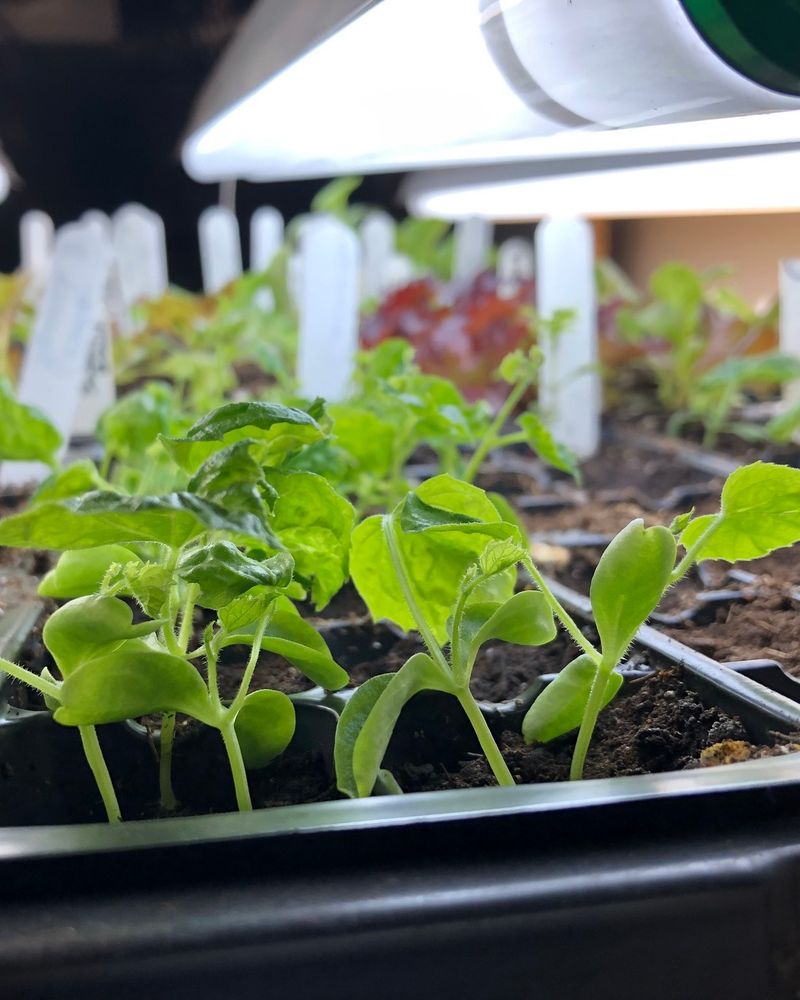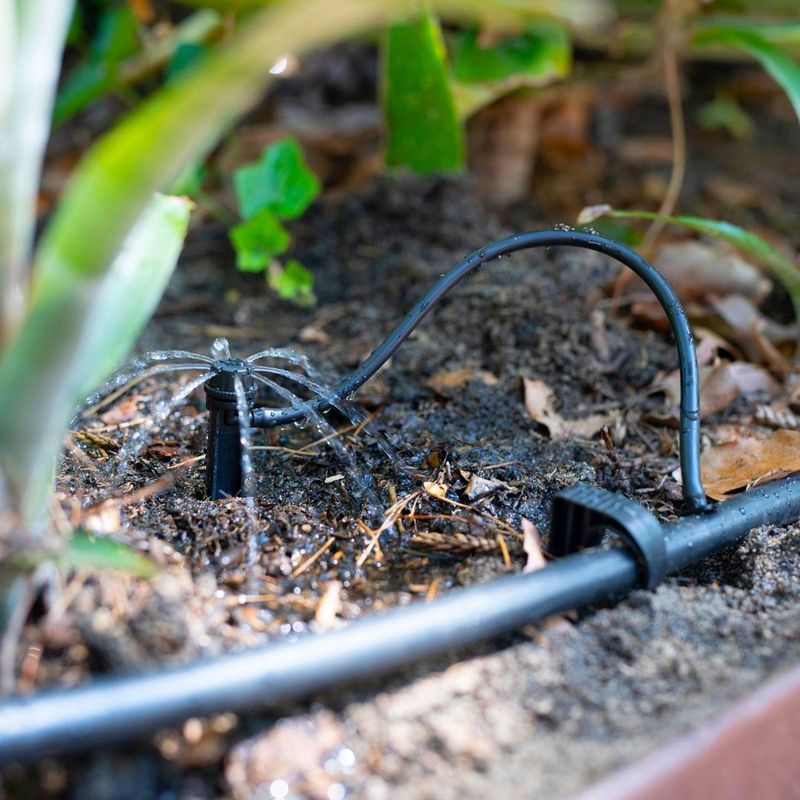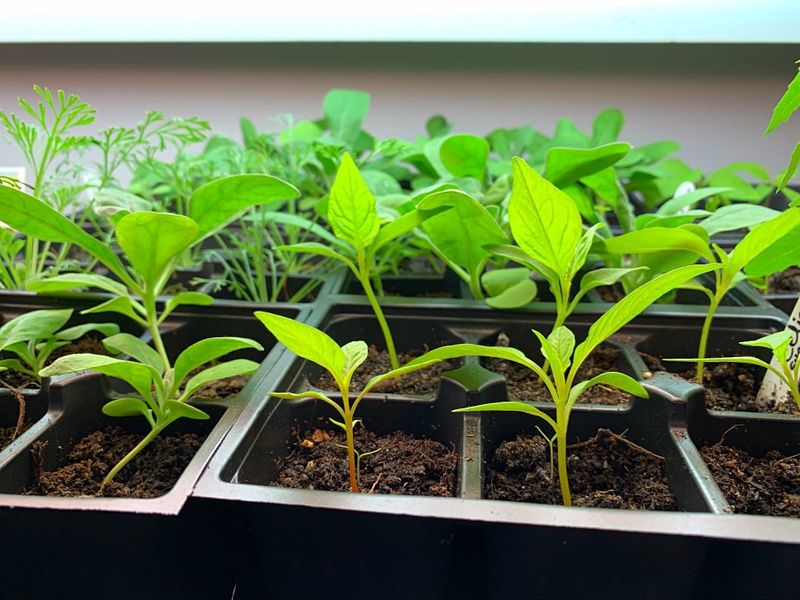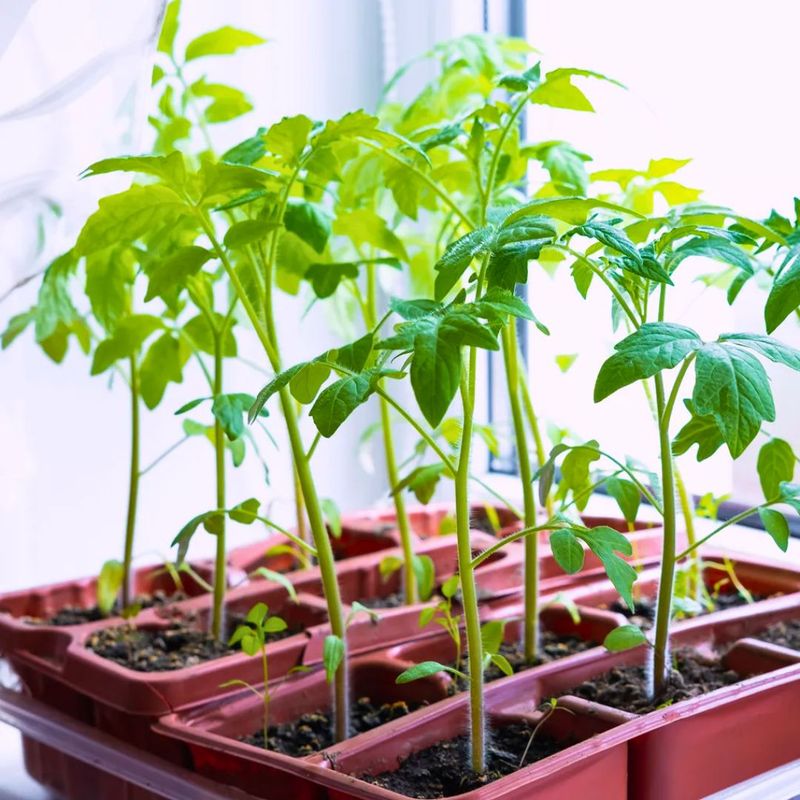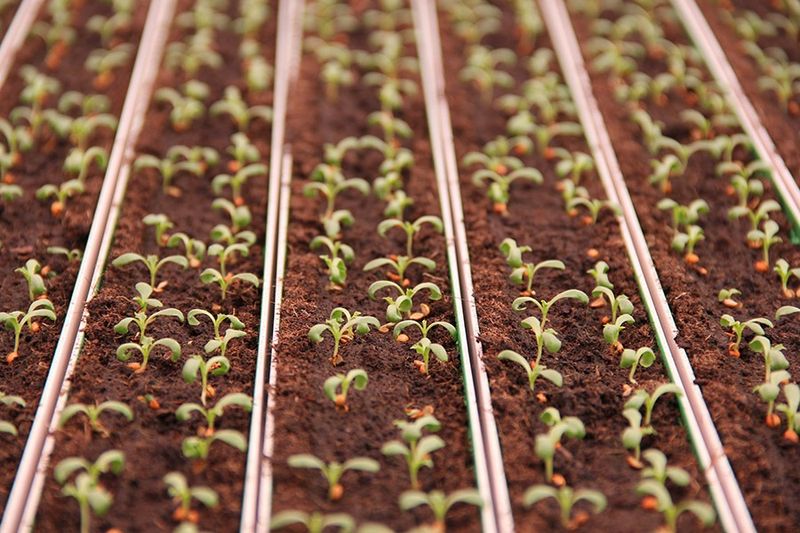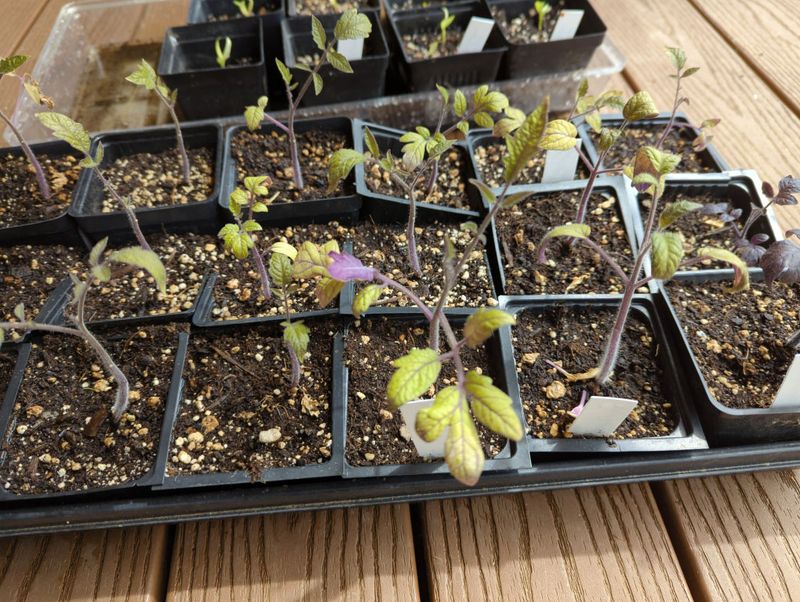Gardening is one of those hobbies that’s as fulfilling as it is therapeutic—but let’s be honest, getting seedlings to grow strong and healthy can feel like a bit of a mystery at first.
But don’t worry—figuring it out doesn’t mean you need an elaborate setup or a science degree. Here are some of the tips to help you give your seedlings the light they crave.
Along the way, I’ll also share what might happen if the light isn’t quite right—because let’s face it, we all learn through our mistakes. Let’s get into it and make sure your seedlings not only survive but thrive.
1. Understanding Light Intensity
Getting light intensity right is crucial for seedlings. Too much light, and they might become scorched, too little, and you risk leggy growth.
Adjusting the distance between your light source and the seedlings can help manage intensity. Experiment with different settings to find the optimal distance. Consider using a light meter to measure the intensity if you’re unsure.
This tool will provide a precise reading, helping you adjust quickly. Remember, seedlings need different light levels than mature plants. Monitoring this can prevent mishaps and support healthy growth.
2. Choosing The Right Light Spectrum
Seedlings thrive under specific light spectra, particularly blue and red. Blue light encourages vegetative growth, while red supports flowering and fruiting. Choose a light source that offers these spectra for optimal growth.
Avoid using lights with predominantly green spectra, as they are less effective. Full-spectrum LED lights are a great choice, as they mimic natural sunlight.
If you’re unsure, a quick internet search can guide your choice. Incorrect spectra can stunt growth or cause seedlings to struggle, so getting this right is essential.
3. Setting Up A Light Schedule
Consistent light schedules help seedlings thrive by mimicking natural day-night cycles. Aim for 14-16 hours of light daily. Using a timer can automate this, ensuring your plants get the light they need without hassle.
If you’re inconsistent, seedlings may show irregular growth patterns or become stressed. Gradually increase light exposure as they mature.
This transition helps them adapt without shock. Avoid abrupt changes in light duration, which can confuse or stress the plants. Regularity is key to success.
4. Balancing Natural And Artificial Light
Leveraging both natural and artificial light can boost seedling health. Natural light is free and contains all spectra, while artificial light offers control and consistency.
Position seedlings near windows for daytime exposure, supplementing with artificial light as needed. Too much natural light can overheat indoor seedlings, while too little artificial light may result in weak growth. Balance is crucial.
Monitor temperature and light exposure, adjusting locations and light intensity accordingly. The right mix can dramatically improve growth outcomes.
5. Adjusting Light As Seedlings Grow
As seedlings grow, their lighting needs change. Initially, keep lights lower to prevent legginess. As they mature, gradually raise the lights, maintaining an optimal distance.
Not adapting light height can hinder development or cause stress. Regular adjustments keep seedlings healthy. Use markings or a measuring tape to track adjustments.
This ensures consistent and precise changes. Ignoring growth stages might lead to weak or stressed plants, so attentiveness is crucial.
6. Preventing Seedling Stretching
Stretching occurs when seedlings reach for insufficient light. It’s a common problem that can weaken plants. Ensure lights are positioned close enough to prevent this, but not so close they cause heat damage.
A reflector can help by directing light more effectively towards seedlings. Keep an eye on plant behavior as it indicates if adjustments are needed.
Stretched seedlings are often weaker, more prone to disease, and may require staking. Proactive lighting management helps avoid these issues.
7. Using Reflective Surfaces
Reflective surfaces can dramatically enhance light efficiency. Aluminum foil or specialized grow room paint can reflect light onto seedlings, improving overall coverage without additional energy costs.
Avoid using regular mirrors as they can create hot spots. Check how light reflects on your surfaces and adjust accordingly.
The right reflective setup prevents uneven growth and optimizes the light your plants receive. This strategy is both economical and effective, making it a favorite among seasoned gardeners.
8. Monitoring Seedling Health
Regular monitoring of seedlings under light is essential. Signs of poor lighting include yellowing leaves or weak stems. If issues arise, adjust light intensity, duration, or spectrum as needed.
Document changes and observe plant responses over time. This helps identify patterns and refine your lighting setup. Early detection of problems allows for timely interventions.
Keeping a detailed log can aid in understanding what works best, ensuring your seedlings remain robust and healthy.
9. Choosing The Right Bulbs
Selecting the right bulbs is pivotal for healthy seedlings. LED grow lights are energy-efficient and provide full-spectrum light. Fluorescent lights are another good option, especially for small spaces.
Avoid incandescent bulbs as they produce excessive heat and inefficient light spectra. Consider your setup size and budget when choosing bulbs.
The right choice ensures optimal growth and reduces energy costs. Incorrect bulbs can lead to poor growth or damaged seedlings, so research is key.
10. Managing Light Duration
Light duration affects seedling growth significantly. Initially, provide 14-16 hours of light. As seedlings mature, gradually reduce exposure to mirror outdoor conditions. A timer is invaluable for maintaining consistency.
Inconsistent lighting durations can confuse seedlings, affecting their growth cycles. Adjusting light duration to suit the stage of growth ensures they develop strong and healthy.
This practice mimics natural seasonal changes, preparing them for outdoor conditions. Consistency in light duration is a cornerstone of effective seedling care.
11. Avoiding Heat Stress
Heat stress can be detrimental to seedlings, often going unnoticed until damage is done. Ensure adequate ventilation and maintain proper light distance to mitigate risks.
Monitor temperatures closely, especially with high-intensity lights. Incorporating fans or adjusting room temperature can help manage heat levels.
Heat stress can lead to wilting or even death, so vigilance is key. Regular checks on temperature and seedling response can prevent stress and support robust growth.
12. Incorporating Light Breaks
Incorporating light breaks helps mimic natural conditions. Short periods of darkness allow for essential physiological processes to occur. Plan these breaks to improve growth and health.
Excessive continuous light can stress seedlings, hindering their development. Implementing light breaks ensures a balanced growth environment. These breaks are natural and beneficial, promoting resilience and vitality in seedlings.
Thoughtful scheduling of light breaks can optimize growth and prevent stress, supporting robust seedling development.
13. Optimizing Lighting For Different Seedling Types
Different seedlings have varied lighting requirements. Tomatoes, for instance, thrive with intense light, whereas lettuce prefers milder conditions. Tailor your lighting setup to match the specific needs of each type.
Research your seedlings to understand their unique requirements. Failing to do so can result in suboptimal growth or stress.
Customizing light settings to plant type ensures they receive the care they need. This thoughtful approach enhances growth and vitality, making it a must for diverse gardens.
14. Understanding Photoperiodism
Photoperiodism influences flowering and growth in plants. Understanding this helps in planning effective light cycles. Seedlings often need longer daylight hours to thrive.
By adjusting light cycles, you can control growth phases, aiding in overall plant health. Mismanagement can lead to poor flowering or growth issues.
Knowledge of photoperiodism allows for strategic planning of light exposure, ensuring seedlings reach their full potential. This understanding is crucial for any serious gardener.
15. Troubleshooting Lighting Problems
Lighting problems can arise unexpectedly. Yellowing leaves or stunted growth are indicators of issues. Quickly identifying and addressing these problems is vital.
Keep a checklist of common issues and solutions to streamline troubleshooting. Adjust light intensity, duration, and placement as needed. Proactive identification and swift action prevent long-term damage.
Documenting problems and solutions helps refine your approach, ensuring healthier seedlings. This proactive strategy is key to overcoming lighting challenges in seedling care.

